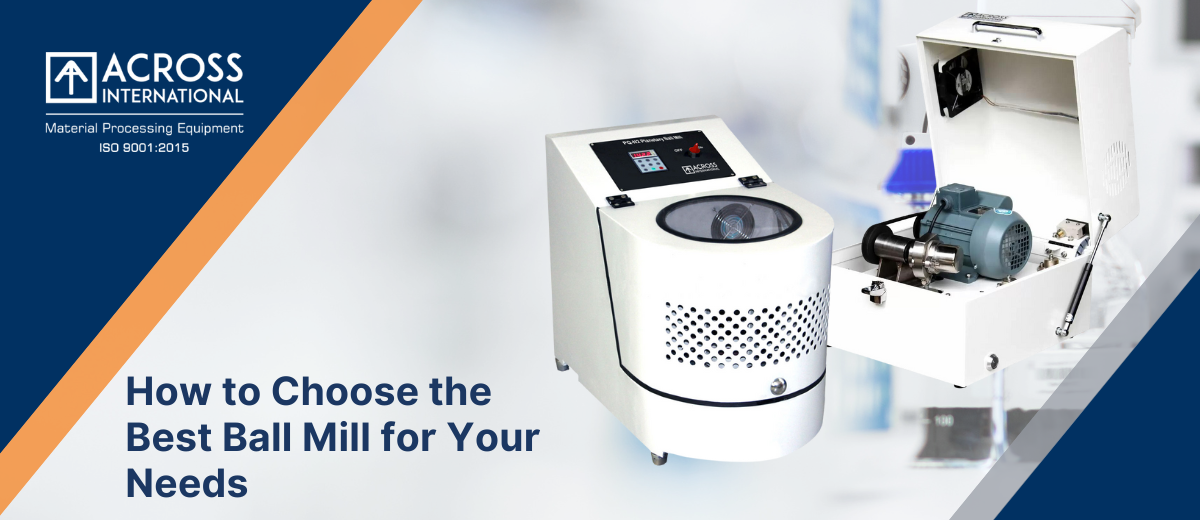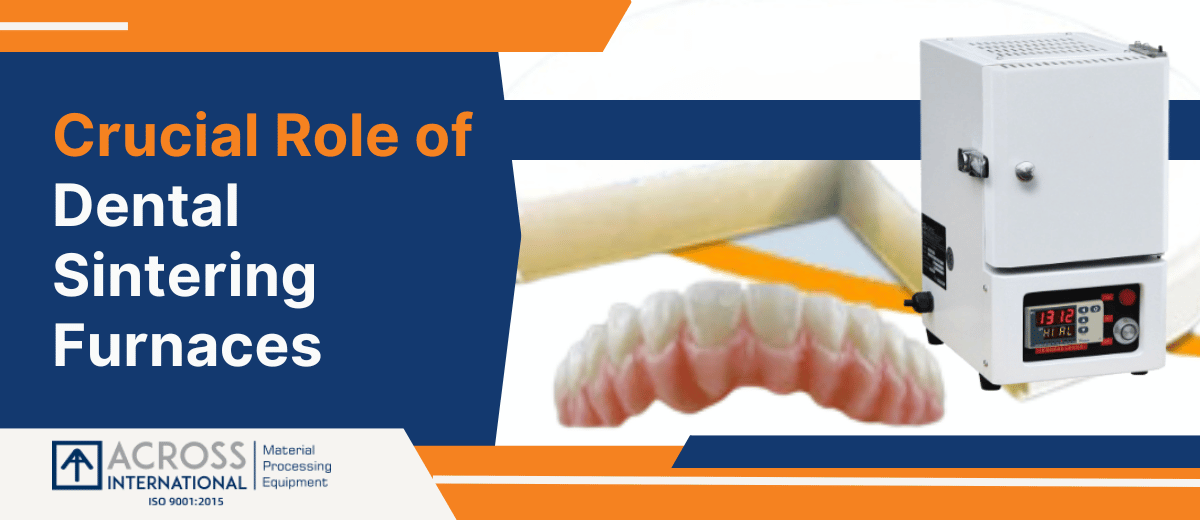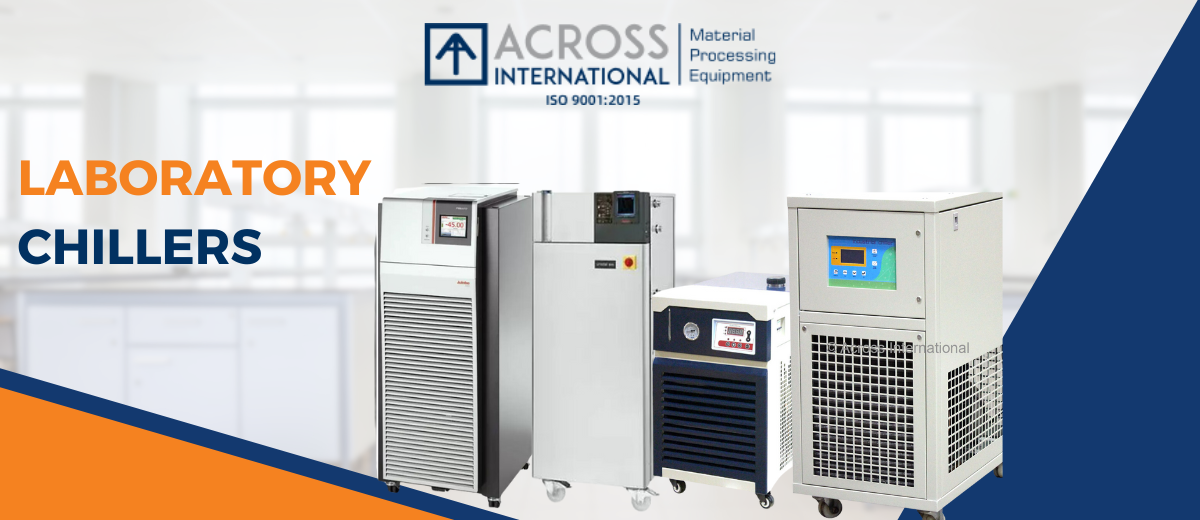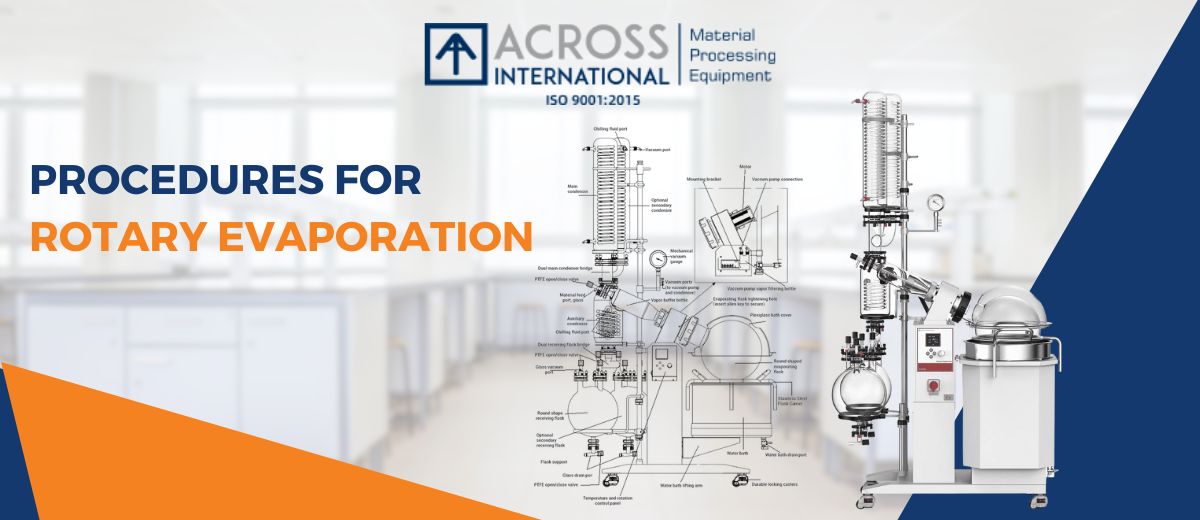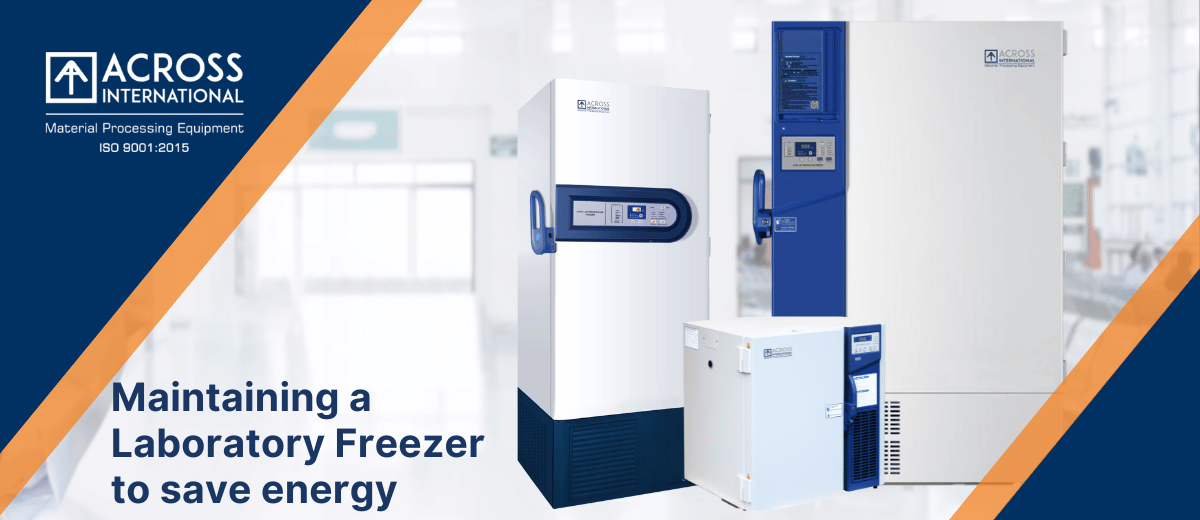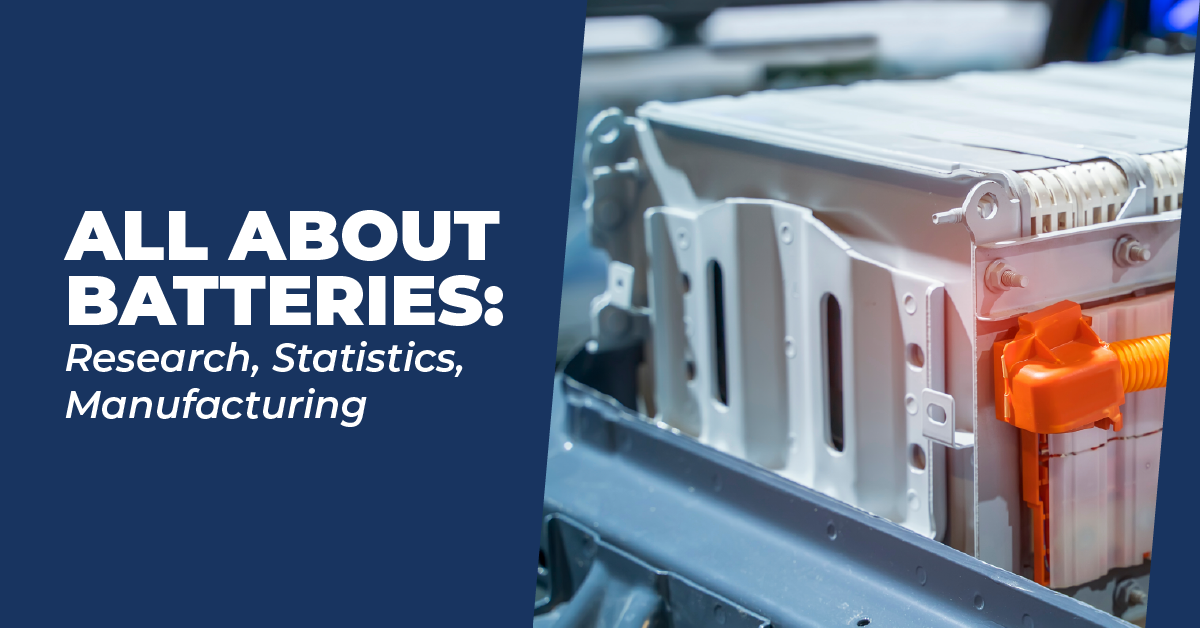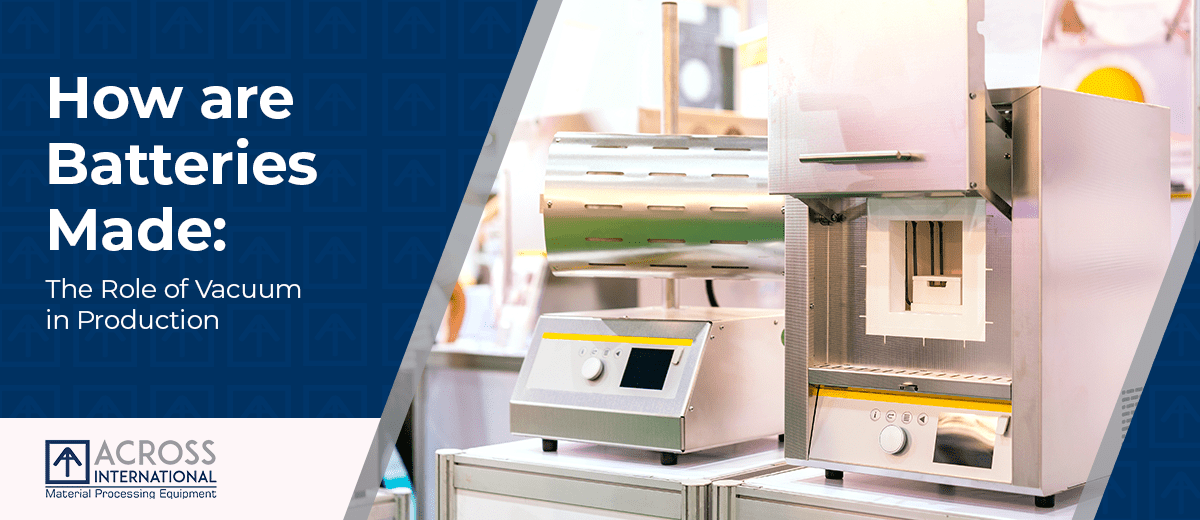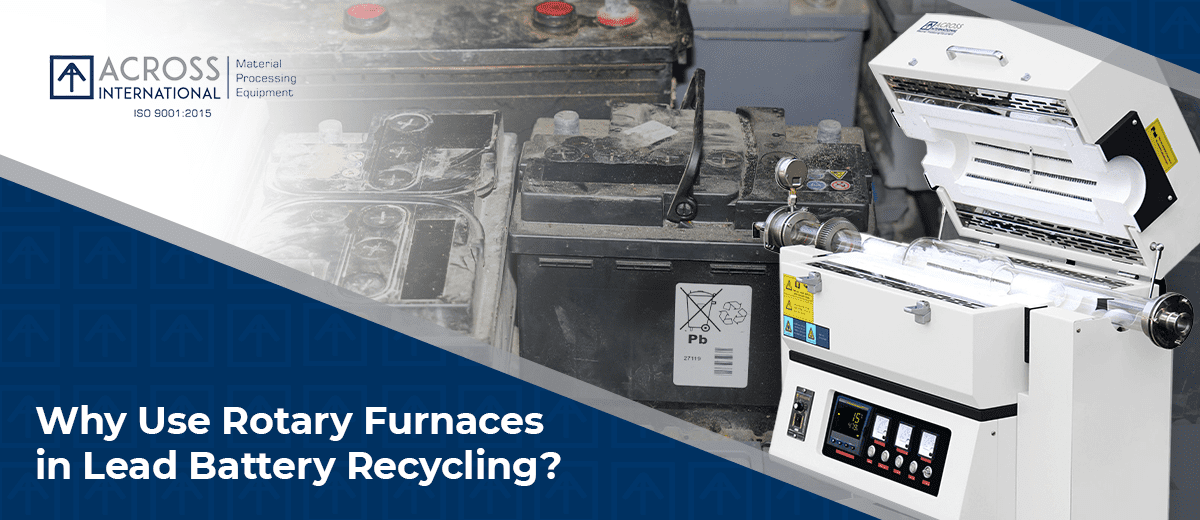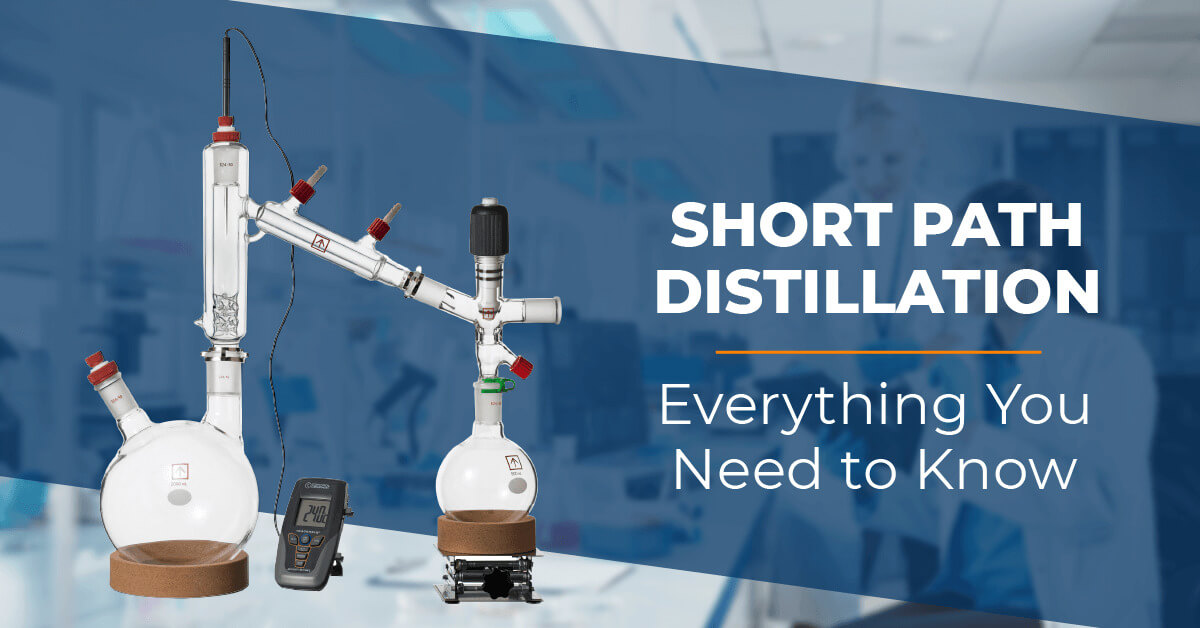We use cookies to make your experience better. To comply with the new e-Privacy directive, we need to ask for your consent to set the cookies. Learn more.
What Type of Biological Safety Cabinet You need for Laboratory
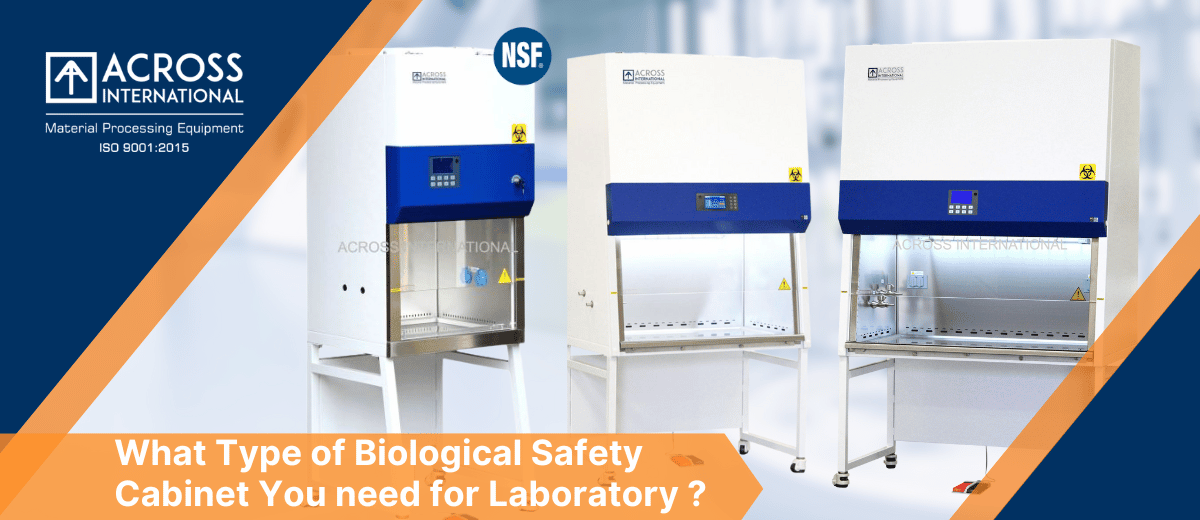
Biological Safety Cabinet or biosafety cabinets are enclosed, equipped with high efficiency particulate air (HEPA) filters, engineering control intended to protect laboratory workers, the laboratory environment . Biosafety Cabinet is primarily used for handling pathogenic, biological samples or for applications that require a sterile work zone.
They are utilized by many different organizations including in the commercial and non-commercial sectors, such as the pharmaceutical, clinical research, healthcare sectors, Biotechnology and Molecular Biology.
Layers of Protection in Biological Safety Cabinet
Biosafety cabinets provide three levels of protection:
Personnel- Air flow and High efficiency Particle Arresting (HEPA) Filter protects the operator from exposure to biohazards generated inside the chamber.
Specimen protection- Recirculating and unidirectional HEPA filtered air protects samples from contamination from unsterile lab air
Lab/Environmental protection- HEPA filtered exhaust from the top of cabinet protects the lab environment from contamination by biohazardous aerosols generated inside the chamber
The Key features of types of Class II Biological safety cabinet
Type A1 Biological Safety cabinet
* HEPA filtered Down flow
* Airflow System-70 % of air is recirculated within the cabinet and 30 % of the HEPA filtered air is exhausted into the laboratory.
* Inflow Velocity- 0.38 m/s
* Contaminant air is under negative pressure and unfiltered air is under positive pressure.
* Contamination and Protection- Not suitable for use with chemicals
Type A2 Biological Safety cabinet
• HEPA filtered Down flow
• Airflow System-70 % of air is recirculated within the cabinet and 30 % of the HEPA filtered air is exhausted into the laboratory.
• Inflow Velocity- 0.52 m/s
• Contaminant air is under negative pressure and unfiltered air is under positive pressure.
• Contamination and Protection- only if exhausted to facility exhaust system
Type B1 Biological safety Cabinet
• HEPA filtered Down flow
• Use single-pass airflow to control the flow of hazardous vapors
• Airflow System- 30 % of air is recirculated within the cabinet and 70 % of the HEPA filtered air is exhausted to an external ventilation system.
• Hard ducted
• The exhaust air dispersed out of the facility should be passed through the HEPA filters to provide protection to the environment.
• May have biologically contaminated ducts and plenums under negative pressure
Type B2 Biological safety Cabinet
• HEPA filtered Down flow
• Airflow System- 100 % of the HEPA filtered air is exhausted from the cabinet.
• Hard ducted
• All ducts and plenums are under negative pressure.
• All contaminated ducts are under negative pressure orby directly exhausted negative pressure ducts or plenums.
Across International biological safety cabinets are built for the people who use them. While safety is always the first priority, a close second is user friendliness. That’s because a system that is difficult to use or uncomfortable is less safe. Our systems are loaded with ergonomic design touches, thoughtful convenience details and people-oriented features that make using them a relative joy in the lab.
Biosafety cabinet is critical to ensure safety for laboratory workers and the environment. By evaluating factors such as the type of agents or materials used, risk level of the work, volume of materials, and work practices and procedures, laboratory managers can choose the most suitable biosafety cabinet. Additionally, it's crucial to have the biosafety cabinet certified regularly and conduct routine maintenance to ensure it's running properly. Contact us for NSF49 Certified BSC Equipment, we also offer the calibration service for more laboratory equipment.


